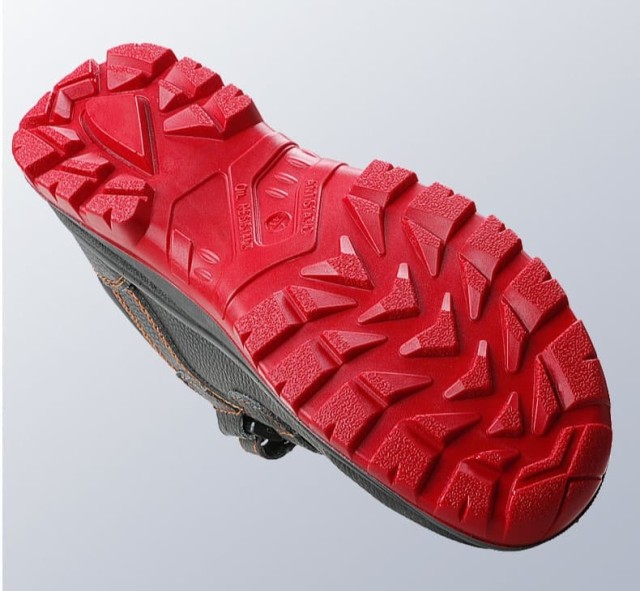Finding the right work boots isn’t just about comfort—it’s about matching safety features to the specific hazards of your job. Whether you’re navigating slippery floors in a food processing plant or avoiding electrical hazards on a utility site, the wrong boots can turn minor risks into serious injuries. Here’s how to align your footwear with workplace dangers, backed by safety standards and real-world testing.
Understanding Workplace Hazards
Heavy Machinery and Falling Objects in Construction
Construction sites demand boots that shield against crushing impacts. Research shows foot injuries from falling tools or equipment account for a significant portion of disabling incidents. Steel or composite toe caps are essential here, but material choice matters:
- Steel toes: Best for maximum impact resistance but heavier and conductive.
- Composite toes: Lighter (about 30% less weight), non-conductive, and ideal for cold environments or sites with metal detectors.
Electrical Exposure in Utilities
For electricians or utility workers, ASTM F2413-18-certified boots with Electrical Hazard (EH) ratings are non-negotiable. These boots must withstand up to 18,000 volts without current transfer. Composite materials outperform steel here, as they’re inherently non-conductive.
Slippery Surfaces in Food Processing
Slips and trips cause roughly 15% of workplace foot injuries. Boots for wet or greasy environments need oil- and slip-resistant treads. Look for outsoles rated for both oil resistance (e.g., rubber compounds) and ice traction (e.g., deep lugs for uneven surfaces).
Essential Safety Features Explained
Toe Protection: Steel vs. Composite
- Steel toes: Traditional choice for heavy-impact jobs but conduct temperature and electricity.
- Composite toes: Made from Kevlar or carbon fiber, they meet the same safety standards while offering insulation and electrical safety.
Slip Resistance: Tread Patterns Matter
- Oil-resistant soles: Use softer rubber that grips slick surfaces.
- Ice-ready treads: Deeper, multi-directional lugs prevent packing with snow.
Specialized Needs: Waterproofing and Arc Ratings
- Waterproof membranes (e.g., Gore-Tex) keep feet dry in wet conditions.
- Arc-rated boots protect against explosive electrical arcs, crucial for electrical grid workers.
Step-by-Step Selection Guide
1. Assess Your Worksite Risks
List hazards like chemicals, temperatures, or sharp objects. For example:
- Oil and gas workers: Prioritize puncture-resistant midsoles and metatarsal guards.
- Cold storage: Insulated, composite-toe boots prevent frostbite.
2. Balance Safety and Comfort
Heavy boots cause fatigue. Composite toes reduce leg strain over long shifts, while cushioned midsoles absorb shock.
3. Verify Certifications
Check for:
- ASTM F2413-18: Covers impact, compression, and EH protection.
- ISO 20345: Global standard for toe protection and slip resistance.
Ready to Equip Your Team?
3515 specializes in manufacturing work boots tailored to your industry’s risks—from composite-toe designs for utilities to slip-resistant models for kitchens. As a trusted partner for distributors and bulk buyers, we combine safety certifications with ergonomic designs to keep workers protected. Contact 3515 today to discuss custom solutions for your workforce.
Because the right boot doesn’t just protect feet—it safeguards productivity.
Related Products
- Wholesale Customizable Suede Safety Boots - Puncture-Proof with Velcro Closure
- Puncture-Resistant Velcro Safety Boots for Wholesale & Custom Manufacturing
- Customizable Anti-Smash Safety Boots for Wholesale & Private Label Manufacturing
- Safety Footwear Wholesale Manufacturer for Custom OEM/ODM Production
- Wholesale Safety Footwear Manufacturer for Bulk & Custom OEM Orders
Related Articles
- How to Choose Work Boot Materials for Maximum Safety and Durability
- Matching Men’s Work Shoe Safety Technologies to Workplace Hazards
- How to Choose Work Boots That Match Your Job's Safety Demands
- How to Choose Work Boots That Balance Safety, Comfort, and Durability for Your Job
- How to Extend Work Boot Lifespan: Science-Backed Care for Safety & Savings



















